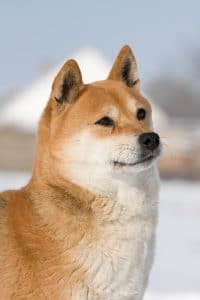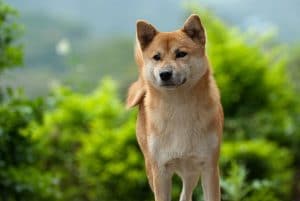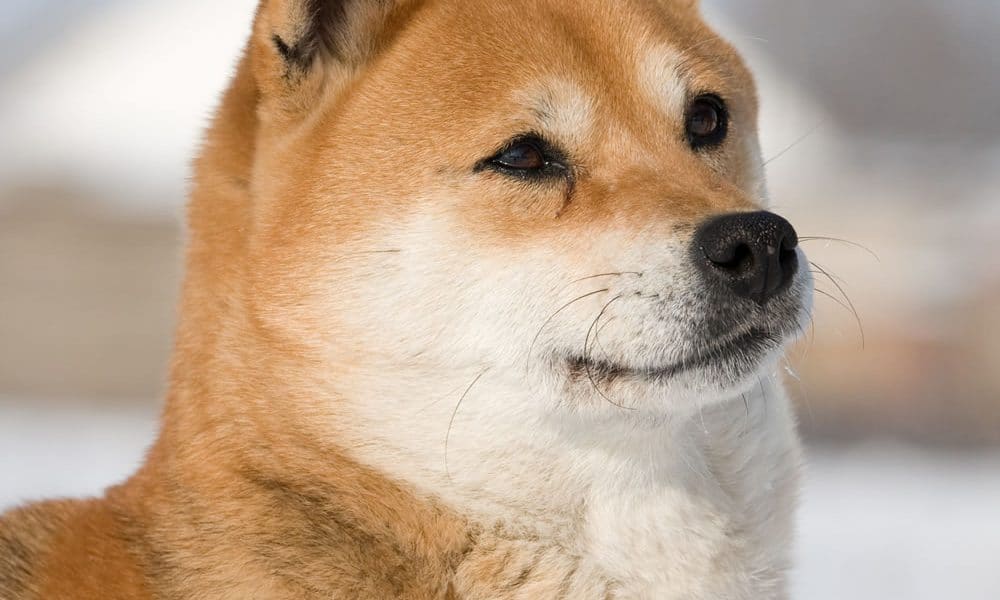 Recent DNA analysis confirms that this is one of the oldest dog breeds, dating back to the 3rd century BC, and only one of a handful of ancient breeds still alive today. Descended from the primitive dogs of the ancient people of Japan, the Shiba Inu was bred to hunt small wild game, boar and bear. The name Shiba in Japanese means brushwood, after the breed’s hunting terrain or the colour of brushwood leaves in the fall and Inu means dog.
Recent DNA analysis confirms that this is one of the oldest dog breeds, dating back to the 3rd century BC, and only one of a handful of ancient breeds still alive today. Descended from the primitive dogs of the ancient people of Japan, the Shiba Inu was bred to hunt small wild game, boar and bear. The name Shiba in Japanese means brushwood, after the breed’s hunting terrain or the colour of brushwood leaves in the fall and Inu means dog.
During World War II the breed was decimated and only three bloodlines survived. Later the bloodlines were combined and the first Japanese breed standard for the Shiba called the Nippo standard, was published in 1934 and in 1936 it was recognized as a Natural Monument of Japan.
The Shiba has a compact looking body that is muscular with a short double coat. The erect ears are triangle in shape and small in relation to the head. The eyes are deep set and black. The tail rides high, curled, and carried over the back. Males are distinctly larger than the females and carry themselves differently. Males should be between 35 and 43 centimetres at the withers and females between 33 and 41 centimetres. Their preferred weights are around 10 kilograms for males and 8 kilograms for females.
This dog goes out of its way to keep clean. They will avoid mud and puddles and clean their coats by licking their paws. They are extremely easy to house break. They bark little and bond well to their master. Playful and energetic, they do well with children provided that they are well balanced with plenty of exercise and an owner who sets rules and boundaries. They are natural hunters and should not be left alone with small pets such as rodents and birds. They love to run and have a high prey drive which makes them prone to chase things, so be careful when letting them off leash and make sure that they are in a safe and secure location.
 Grooming the short coat is easy with weekly brushing although Shiba Inu are seasonal heavy shedders. The double coat is naturally water proof and weather proof protecting it from both cold and heat. They can be kept outdoors, but are very social dogs and do not like to be left alone outside.
Grooming the short coat is easy with weekly brushing although Shiba Inu are seasonal heavy shedders. The double coat is naturally water proof and weather proof protecting it from both cold and heat. They can be kept outdoors, but are very social dogs and do not like to be left alone outside.


